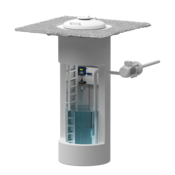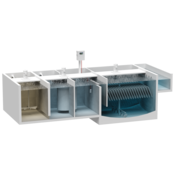
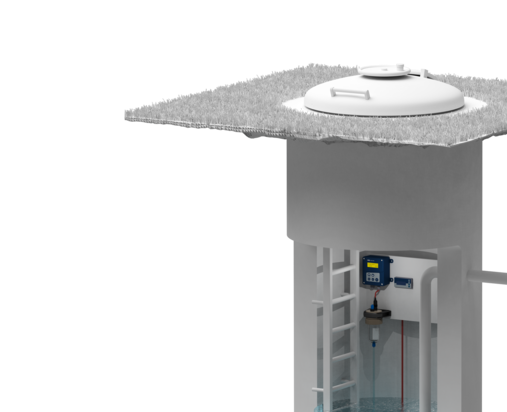
Water well
2 Solutions
One of the sources from which drinking water is obtained is groundwater. To ensure reliable monitoring of drinking water various parameters are measured and monitored. One of the most important parameters is the pH value.
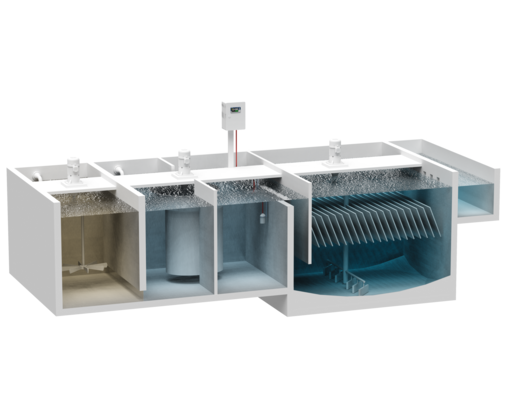
Coagualtion and flocculation
3 Solutions
Flocculation is a process in drinking water treatment to reduce existing turbidity. Here, extremely fine particles are coagulated from the water. In addition to turbidity, the level and flow of the contents in the flocculation plant have to be measured and monitored.

Sedimentation
2 Solutions
The solid matter and turbidities that form as a result of the flocculation can be isolated through sedimentation. Here, the water quality is monitored via conductivity and pH value. If the pH value is optimized for the flocculation of organic and non-organic materials, it is readjusted following the flocculation separation and before filtration.
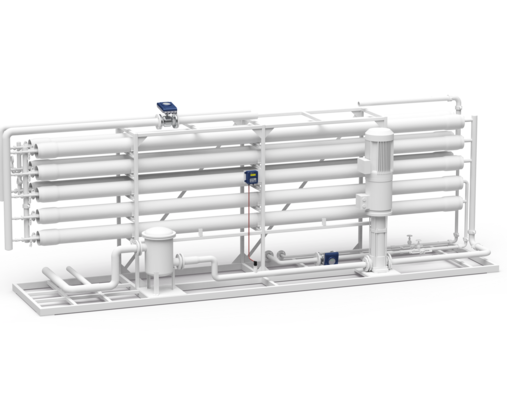
Filtration
Pressure measurement
Filtration describes the process whereby a solid matter/liquid mixture in the water or wastewater can be separated or segregated by filters. Pressure monitoring before and after the filter is necessary for efficient filtration.
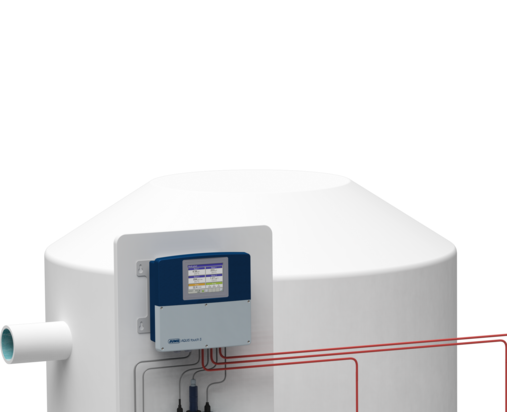
Disinfection
Chlorine measurement
Disinfection either removes microorganisms from the water or kills them. Chlorine is the most commonly used disinfectant for treating drinking water. According to the rule "as much as necessary and as little as possible", the concentration and dosage of the chlorine content must be constantly monitored.
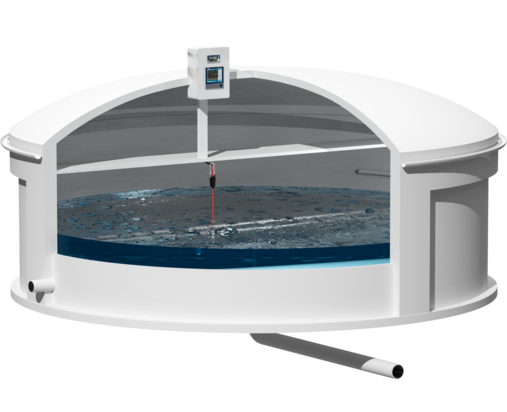
Water tank
Level measurement
The treated drinking water is stored in storage tanks. The level in these tanks requires constant monitoring. After all, the tanks should be neither empty nor overflowing, but an effective drinking water supply should be guaranteed.
